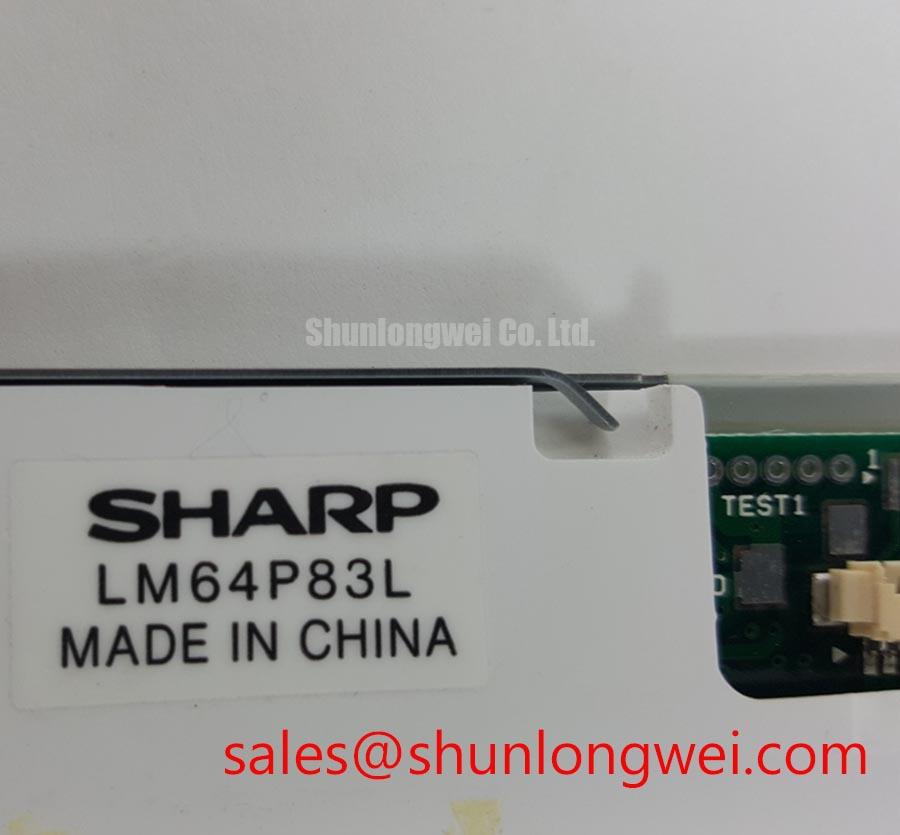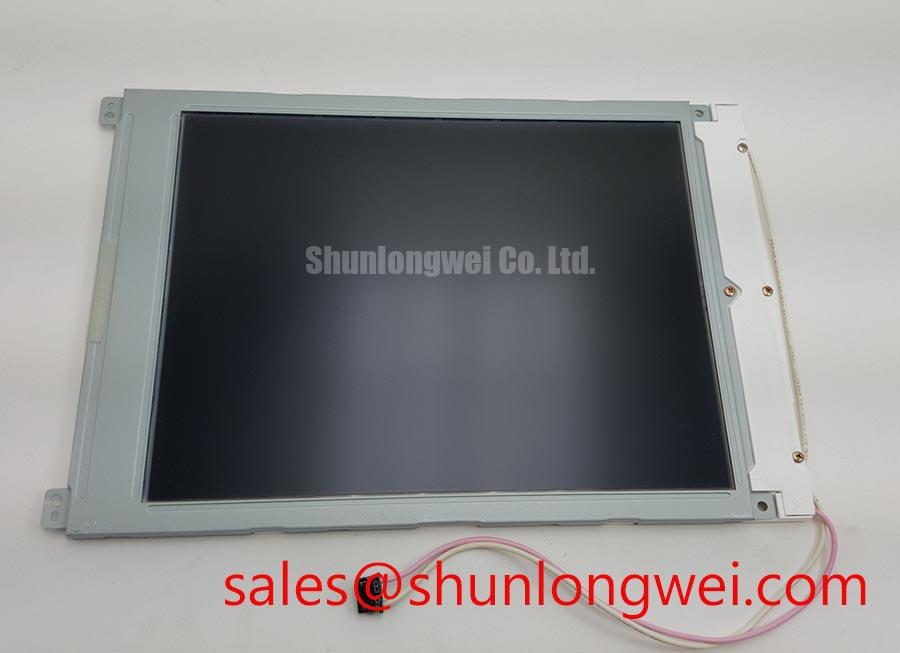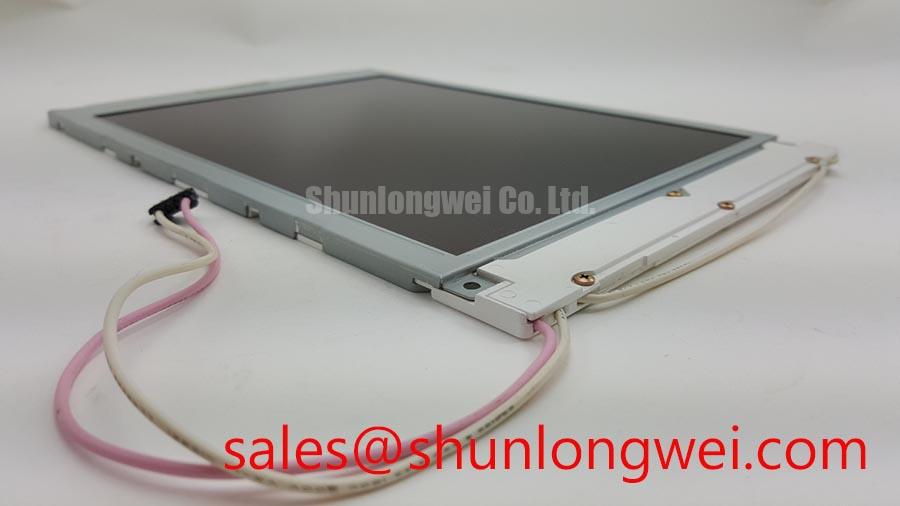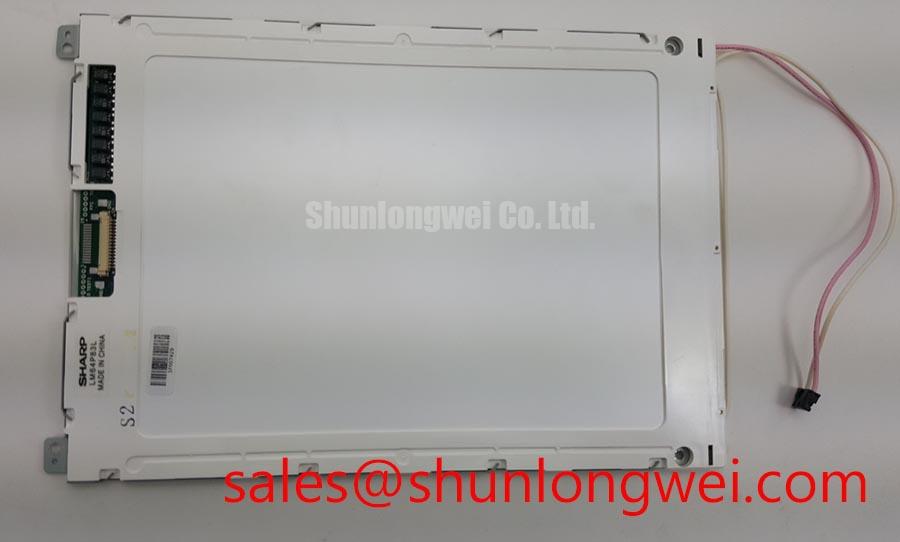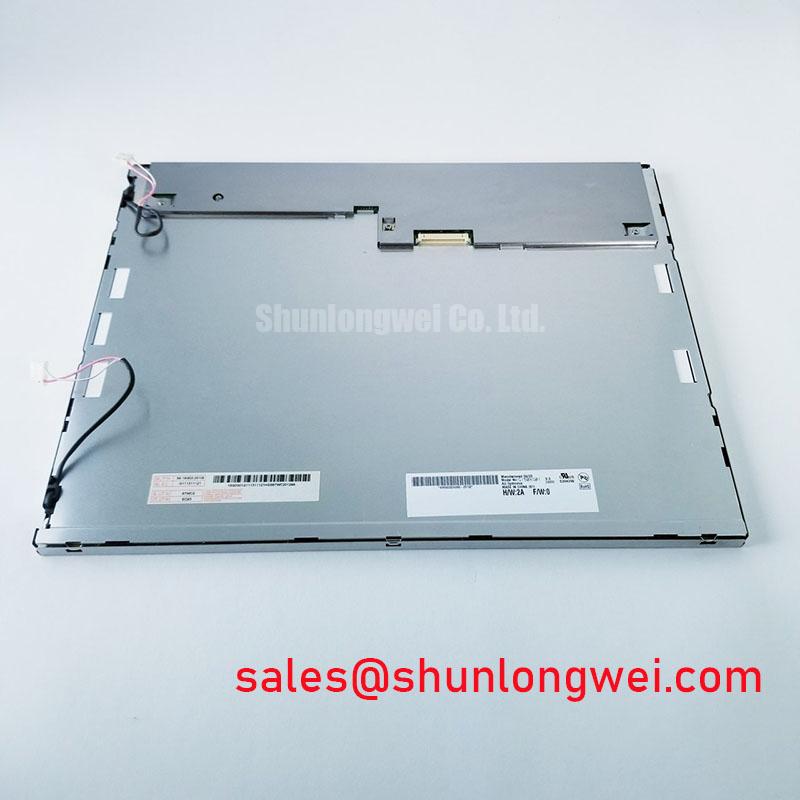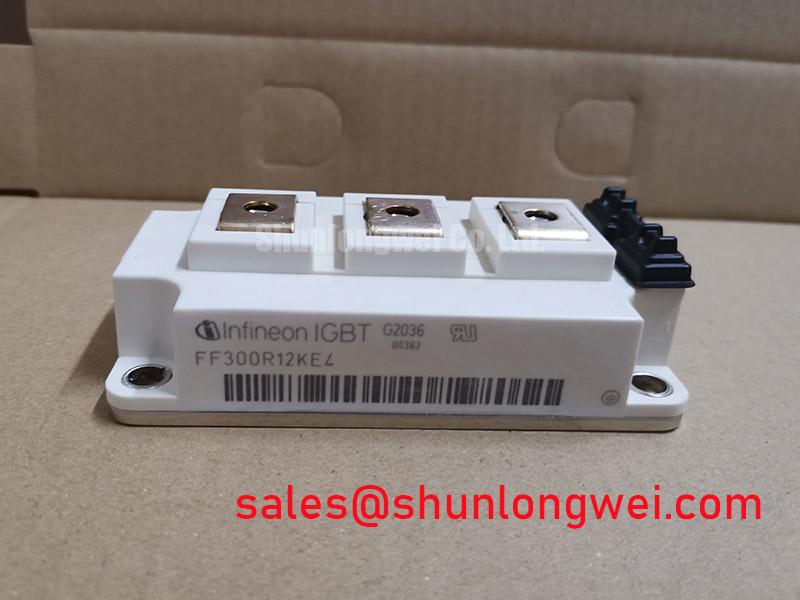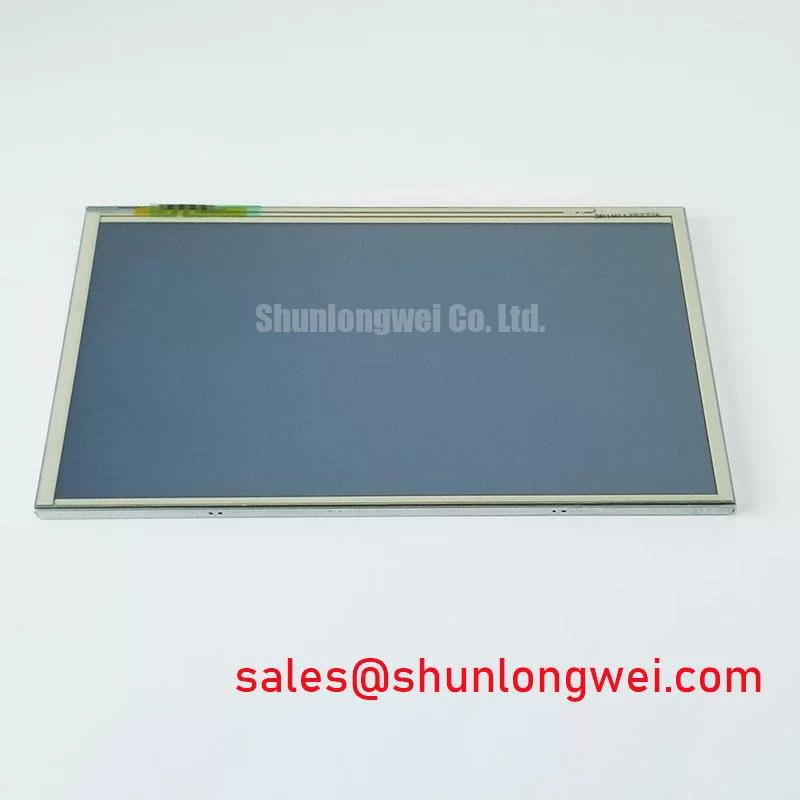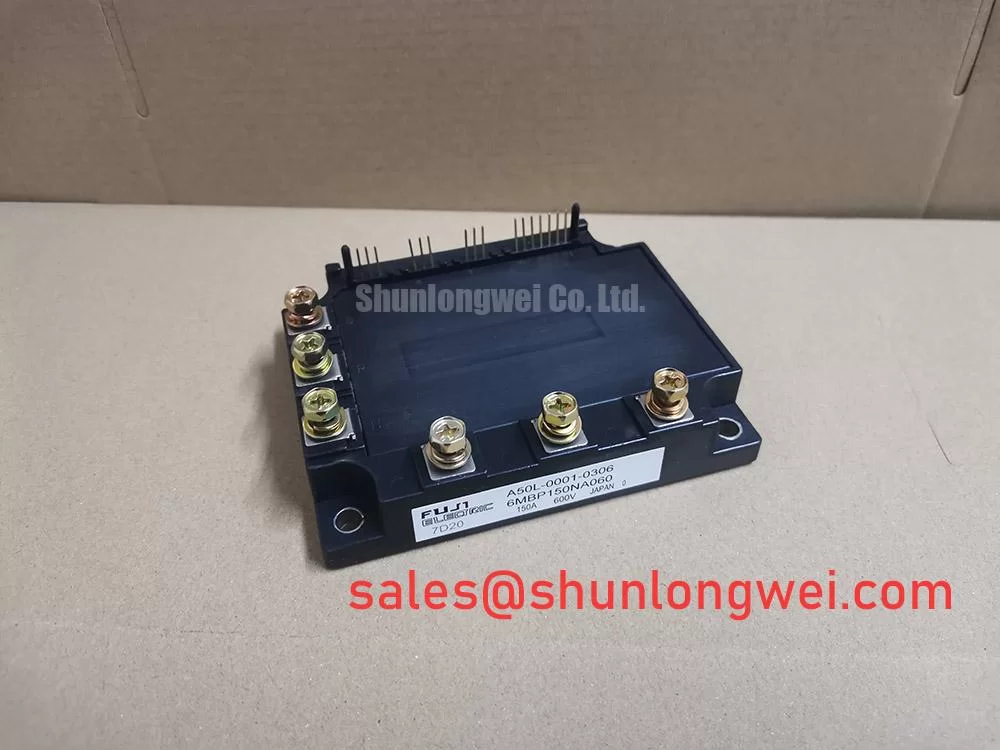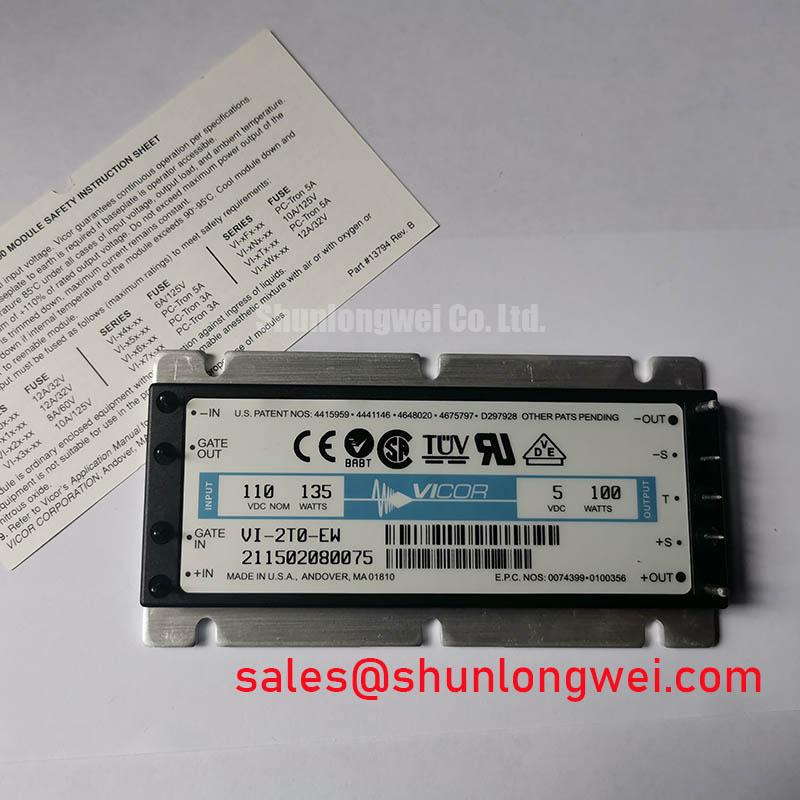Sharp LM6-P83L 9.4-inch VGA FSTN-LCD Module: An Engineering Review
Content last revised on October 15, 2025.
Introduction to the LM64P83L
Engineered for long-term operational stability in industrial applications, the Sharp LM64P83L is a 9.4-inch monochrome FSTN-LCD module delivering proven performance. It offers a precise 640x480 VGA resolution with a durable CCFL backlight and a straightforward 4-bit parallel data interface. Key benefits include a slim 7.0 mm profile and a lightweight 340g design. This display directly addresses the need for a reliable, no-frills visualization component in environments where data clarity and component longevity are paramount. For systems requiring clear, stable monochrome performance in FA, POS, or measurement devices, the LM64P83L provides a mechanically robust and efficient solution.
Key Parameter Overview
Highlighting Critical Specifications for System Integration
The technical specifications of the Sharp LM64P83L are tailored for integration into industrial control panels, test equipment, and legacy systems. The following parameters are crucial for engineering evaluation.
| Parameter | Value |
|---|---|
| Display Technology | FSTN-LCD, Black/White (Negative), Transmissive |
| Screen Size | 9.4 inches (24 cm) diagonal |
| Resolution | 640 x 480 pixels [VGA] |
| Brightness | 65 cd/m² (Typ.) |
| Contrast Ratio | 18:1 (Typ.) |
| Interface | Parallel Data (1ch, 4-bit) |
| Outline Dimensions | 260(W) x 174(H) x 7.0(D) mm (Max) |
| Weight | 340g |
| Operating Temperature | 0°C to +45°C |
| Backlight | Single CCFL with 25,000-hour typical lifespan |
Download the LM64P83L datasheet for detailed specifications and performance curves.
Application Scenarios & Value
System-Level Benefits in Industrial and Instrumentation Contexts
The LM64P83L is best suited for applications where straightforward data visualization and long-term reliability are the primary design considerations. Its monochrome FSTN (Film-compensated Super-twisted Nematic) technology provides excellent clarity for text and simple graphics, which is often superior to color displays in high-ambient-light factory floors or for specific instrumentation readouts.
Consider the challenge of upgrading a legacy CNC machine or a process controller. The key requirement is often not a high-color, media-rich interface but a display that is mechanically compatible, electrically simple to integrate, and robust enough to withstand the operational environment. The LM64P83L's standard VGA resolution and 4-bit parallel interface make it an ideal candidate for such retrofits. Its 18:1 contrast ratio ensures that critical machine parameters, alarms, and diagnostic information are clearly legible to operators, minimizing errors and improving efficiency. What is the primary benefit of its high contrast ratio? Enhanced readability of critical data, reducing operator error in industrial settings. While this model provides a 9.4-inch diagonal, for more compact designs, the related LQ064V3DG06 offers a smaller footprint with VGA resolution.
Frequently Asked Questions (FAQ)
What is the significance of the FSTN-LCD technology used in the LM64P83L?
FSTN (Film-compensated Super-twisted Nematic) is a mature passive-matrix technology known for delivering higher contrast and a wider viewing angle than standard STN displays. For the LM64P83L, this results in a crisp, clear black-and-white image that is highly readable, making it ideal for displaying critical alphanumeric data and simple graphics in factory automation (FA), point-of-sale (POS), and test equipment.
How does the CCFL backlight's 25,000-hour lifespan impact system maintenance?
The 25,000-hour typical lifespan of the Cold Cathode Fluorescent Lamp (CCFL) backlight provides a predictable service life. This allows maintenance cycles for industrial equipment to be planned proactively, reducing unexpected downtime. It represents a durable, field-proven illumination source designed for long-term industrial use before requiring replacement.
Is an external backlight driver required for the LM64P83L?
Yes, the datasheet specifies the module contains the CCFL lamp but does not include an integrated backlight driver. System designers must incorporate an external inverter to supply the necessary high voltage (typically around 470V) to power the CCFL. This separation gives engineers flexibility in selecting a driver that matches their system's power and control requirements.
What does the 4-bit parallel data interface imply for system design?
A 4-bit parallel interface is a straightforward, low-complexity data connection that is easily managed by a wide range of microcontrollers and FPGAs. It simplifies the driver software and hardware design, making the LM64P83L an excellent choice for systems where development resources are limited or where maintaining compatibility with legacy control boards is a priority.
Technical Deep Dive
Analyzing Mechanical Compatibility and Design Philosophy
A key, though often overlooked, feature of the Sharp LM64P83L is its explicit mechanical compatibility with the earlier LM64183P model. This design decision is critical for engineers managing the lifecycle of long-deployed industrial equipment. It allows the LM64P83L to serve as a drop-in replacement, minimizing the need for costly and time-consuming redesigns of enclosures, mounting brackets, or chassis. The consistent outline dimensions (260 x 174 mm) and mounting points act as a form-fit-function solution. Think of it like swapping a tire on a car; you can replace it with a new one of the same size without having to re-engineer the vehicle's axle or suspension. This approach drastically reduces validation and re-certification efforts, providing a streamlined path for extending the operational life of valuable capital equipment.
Industry Insights & Strategic Advantage
The Role of Proven Technology in Reducing Total Cost of Ownership
In an industry focused on the latest high-resolution, full-color interfaces, the strategic value of a component like the Sharp LM64P83L lies in its stability and predictability. For industrial sectors such as manufacturing, automation, and instrumentation from manufacturers like Sharp, equipment lifecycles can exceed 10-15 years. The introduction of complex, rapidly evolving components can introduce supply chain instability and increase the total cost of ownership (TCO). By utilizing mature, well-understood technologies like FSTN and CCFL backlighting, the LM64P83L offers a stable supply chain and a known reliability profile. What is the strategic value of its mature technology? It ensures a stable supply chain and predictable reliability, lowering the total cost of ownership for long-lifecycle industrial equipment. This allows OEMs to provide long-term service and support for their products with confidence, a critical differentiator in the industrial market.
From a strategic standpoint, designing with the LM64P83L is a commitment to operational uptime and serviceability over superficial feature upgrades. This aligns with the core principles of industrial design, where reliability is not just a feature but the foundational requirement.
A Strategic Perspective for Long-Lifecycle Equipment
For engineering and procurement teams tasked with maintaining or developing industrial control systems, the Sharp LM64P83L represents a low-risk, high-reliability solution. Its value is not measured in pixels per inch or color gamut, but in its proven durability, straightforward integration, and mechanical compatibility that ensures continuity for long-term product roadmaps. It is a purpose-built component for applications where operational excellence and predictable performance are the ultimate metrics of success.

